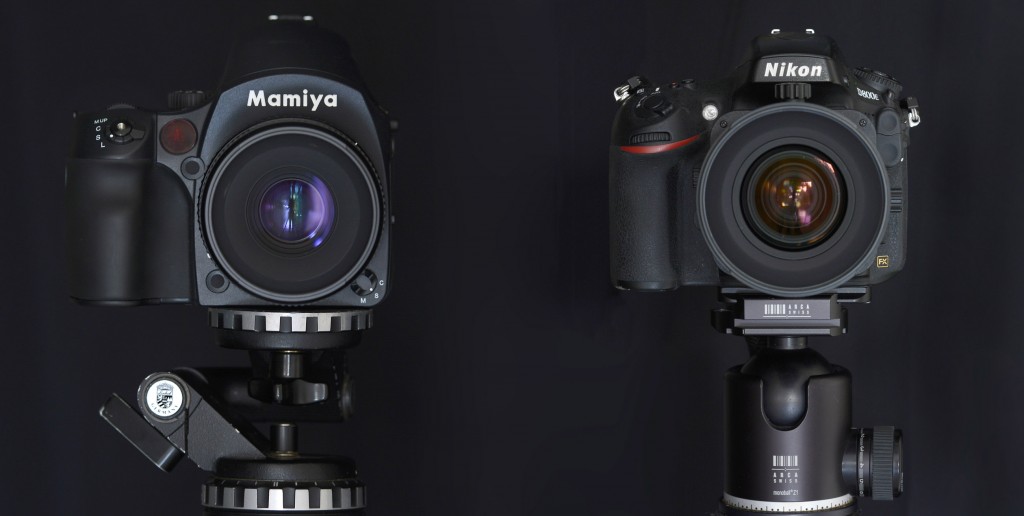Full Frame DSLR versus Medium Format: Nikon D800E and the Mamiya/Leaf Credo

A number of comprehensive test reports have been published on the Nikon D800E. The image quality of this camera has triggered shootouts with medium format systems such as the Leica S, Hasselblad H4D, and the Mamiya/Leaf combo.
To me, these evaluations were not really conclusive, as they focus mainly on resolution and often propose pixel peeping on a low-gamut LCD screens. In discussion forums, these tests have consequently drawn comments that it would be illicit to “compare apples and oranges” and that there are “horses for courses”. Such comments are triggered by the real-world decision-making problems featuring multiple conflicting objectives. The best conceived test is useless if the methodology is not sound and the criteria are not clearly defined. But more importantly any such test will be highly subjective with inherent, strongly weighted objectives.
Therefore, I must explain first my shooting style and preferences, workflow, and photographic background. For me, the definition of an outstanding image boils down to a simple question: wouldn’t I mind spending big bucks on printing and framing of an image, displaying it in my home, and looking at it for hours on end? For me, as a scientific engineer, technical perfection is an important aspect. Any of my keeper images qualify for a 60×80 cm (23”) fine art print, holding up 10″ viewing distance. This is what I call supernatural, because the print reveals details that at the location were not visible to the naked eye. I thus spare no effort; when I visualize an image at a remote place, which I might be able to visit only once in a lifetime, I just want to have the best equipment with me. And leaving aside the artistic aspect of photography, if something goes wrong technically, it will be my, and not the equipment’s fault.